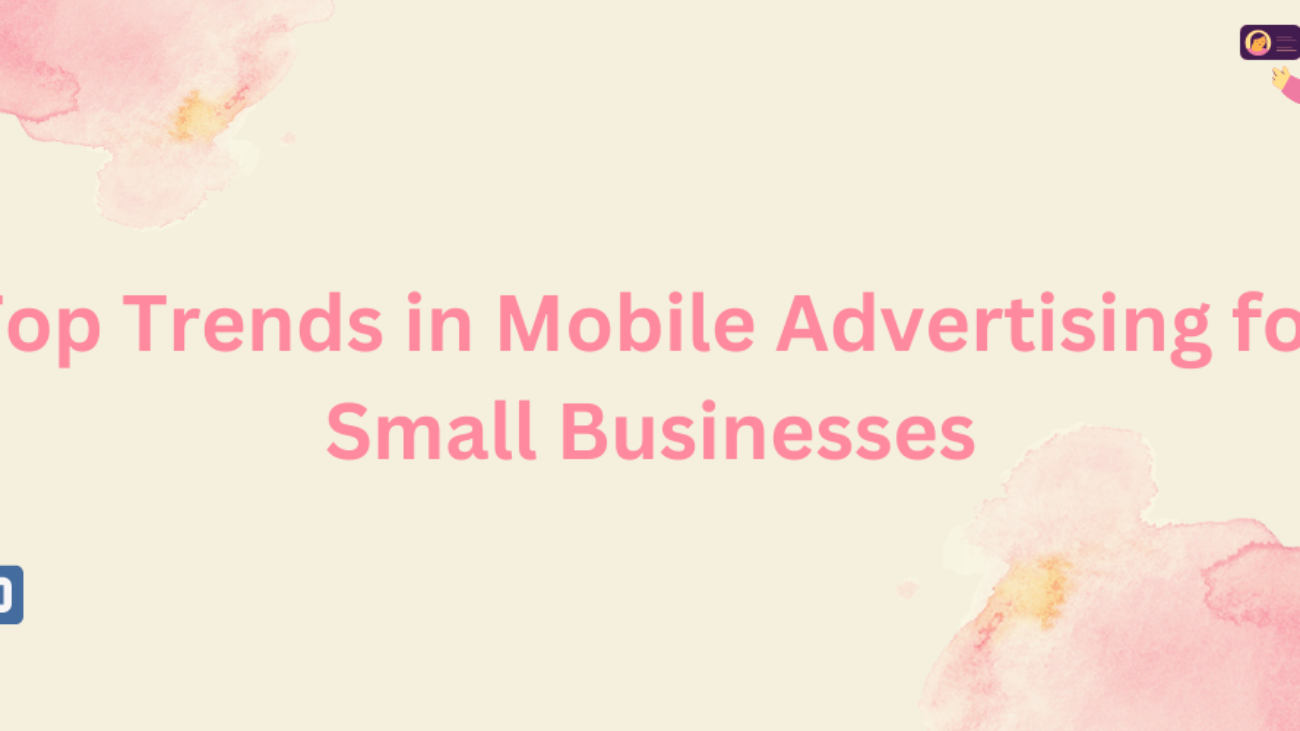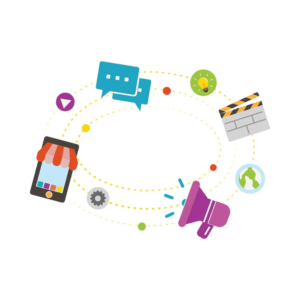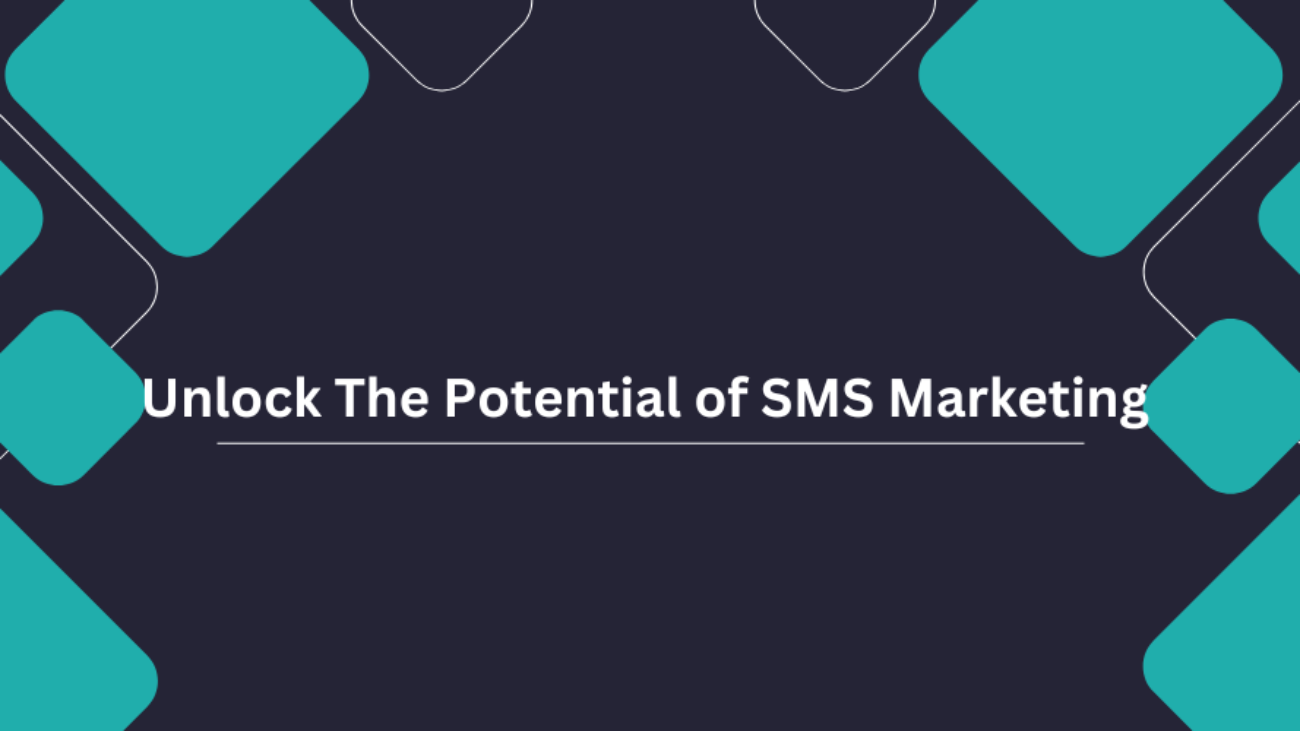Mobile advertising is no longer optional; it is a necessity for small businesses. Since your customers are stuck to their smartphones, this is where your business needs to be. Let’s dive into some of the top trends in mobile advertising that will pave the way in 2024 for small businesses.

1. Personalized Ad Experiences
One of the largest growing trends in mobile advertising must do with personalization. Today, small businesses can now tap into data to deliver ads that actually have the ability to speak personally to someone. Based on browsing history, past purchases, or location, personalized ads are likely to be better engaged.
Why does this matter? Well, it makes ads not feel so much like interruptions but more of helpful suggestions. Plus, when a user lands on an ad that really is relevant to their tastes and preferences, they are likely to click through and convert. To a small business, this means making the most of data from customers to create messages that will resonate with each user

2. Location-Based Advertising
Location-based advertising, by the very nature of location-aware mobile devices, has turned serious weapon even for the smallest businesses. It’s a trend that has to do with targeting users based on their geographic location to make sure highly relevant ads are delivered to them.
Think of a user passing a coffee shop and getting notified about their favourite latte available at a discount. That’s the power of location-based advertising: striking at the right place at the right time to capture customers and drive foot traffic and sales immediately.
This is a big plus for small businesses, as location data enables them to come up with hyper-localized campaigns. That can encourage any kind of action, from a sale promotion to an announcement of the release of a new product. Location-based ads provide your message exactly where it needs to be.

3. Video Content Dominance
Video content is the king in the mobile advertising kingdom. At the wheel of leading platforms steered by youtube shorts and Instagram, the stocks for short-form video ads have gone up through the roof. Small businesses aren’t blind to that fact. They use video to tell a story which is engaging and sticks to the memory of your brand.
Why does video work so wonderfully? Quite simple, really: videos are way more engaging than still images or text. They draw the eye directly and paint a picture in a few short-lived moments. For small businesses, ad creatives do not need to be expansive Broadway productions. Even simple and well-crafted videos will make a big difference.
Focus on short, snappy videos with your product or service in the centre. Tell to create an emotional bond with the audience and be as creative as you feel like. The more genuine the video is, the better it will be stuck in viewers’ minds.
4. Interactive Ad Formats
The emergence of interactive advertisements is another popular trend in mobile advertising for small businesses. Essentially, the advertisement consists of user engagement, such as swiping, tapping, or responding to a question.
Interactive advertisements are particularly effective because they turn the viewer—who might otherwise be passive—into an active participant. Better brand memory is almost always correlated with better engagement levels, and higher conversion rates follow.
5. Social Media Integration
Social media has become a cornerstone of mobile advertising. In-feed social media ads will be a developing trend for small businesses. Strong targeting options across major platforms, including Facebook, Instagram, and TikTok, are about to let businesses reach out to certain demographics with precision.
The beauty of social media advertising is how organically it can integrate and feel at home within the content. Ads increasingly look more like regular posts in many instances, even viewed and engaged with as such. What that means for a small business is creating ads that resonate in both tone and style with the platform.
Focus your efforts on creating beautiful, organic content that speaks to your audience. Take advantage of social media targeting to capture users based on interests, behaviours, and demographics. The stronger your ad composition is aligned with the platform’s user base makeup, the higher it will perform.

6. In-App Advertising
In-app advertising has gone up, particularly since more shoppers have spent their time using applications. This trend now opens up a unique opportunity for small businesses to reach users right at the moment when they are in an engaged mode in the app.
In-app advertisements can pay off big time, be it a mobile game, shopping, or news, provided it’s done right. It’s all about relevance; it has to enhance and not disturb the user experience. Giving rewards or discounts in-app in return for viewing may result in much better engagement.
In-app advertising allows small businesses to more affordably advertise their goods and services to potential customers. Choose only those apps that could ensure the most intimate contact of your brand and audience and seamlessly merge your ads into an app experience.
7. Programmatic Advertising
Automation has created a sea change in advertising wherein ads are bought and placed through programmatic channels. That’s been great for the little businessperson in the sense that they can far more precisely target audiences and optimize ad spend.
Why is this important? Programmatic advertising takes out the guessing in ad placements by making sure data provides advertisements to the right audience at the right time for maximum chances of conversion. To small businesses that have limited budgets, this trend ensures that each Rupee they spend on advertising doesn’t go to waste.
Programmatic Advertising simplifies your ad campaigns for better returns on results because buying the ads programmatically saves time. This means the technology can work while you focus on developing great content.

8. Augmented Reality (AR) Advertising
AR is not a buzzword anymore; instead, it’s the top trend in mobile advertising for small businesses. Using AR ads is a new way that consumers can interact with digital elements overlaid on the real world to create an immersive experience.
For instance, a furniture store might use AR to let users see how a given piece of furniture would look in their home. It’s through these interactions that the user can be delighted and take another step further in the buying decision.
This is a relatively new way for small businesses to naturally come into the spotlight in the market. It offers a unique and unconventional method of gathering brand recognition and brand value. While many forms of advertisement require a little more expenditure on AR, the advantages may be considerably more in terms of better engagement and conversions.
9. Voice Search Optimization
Voice search optimization is going to be very important in the future as more and more consumers are using Siri and Google Assistant. That’s the trend toward writing content and advertisements so that a voice search query can find it.
This means that small businesses must develop ad copy with a natural language focus, including long-tail keywords. Think about what kind of questions people may ask, and frame your content around those.
This way, your ads will no longer be just viewed but heard by capturing the ever-higher number of mobile users who want to engage with their devices hands-free.

10. Simplicity and Clarity in Ad Messaging
Last but not least, one of the leading mobile advertising trends of small businesses is moving toward simplicity and clarity of ad messaging. It is time for clear and concise messages finally to cut through the clutter in the over-informed world.
Cut to the chase, avoid jargon, avoid fluffy words. Ensure your message is clear and easily understandable; be it a video, a banner, or an in-app ad. This trend is quite important for small businesses, whereby one will be sure the limited budget set aside for advertising gets utilized effectively.
Stick to a single, clear call-to-action, and make sure the ad is on message with your overall brand messaging. The less complex the ad, the better it will perform in this fast-moving mobile environment.
Conclusion
Mobile advertising is one of those things that is growing at a very alarming rate, and to be competitive, small businesses need to be on the frontline of this development. By embracing these top trends in mobile advertising for small businesses, you will be better placed to run campaigns that have a far better resonance with your audience and drive engagement, importantly boosting your bottom line.
From personalized ad experiences to the rise of video content, these trends give valuable insight into what is working in mobile advertising today. These will help you more powerfully connect with your audience and achieve your business objectives as you plan your next campaign.
If you’re looking to dive deeper into mobile advertising strategies and see how they can be applied effectively, visit AdMobily. They provide a range of tools and insights that can help small businesses optimize their ad campaigns across mobile platforms










